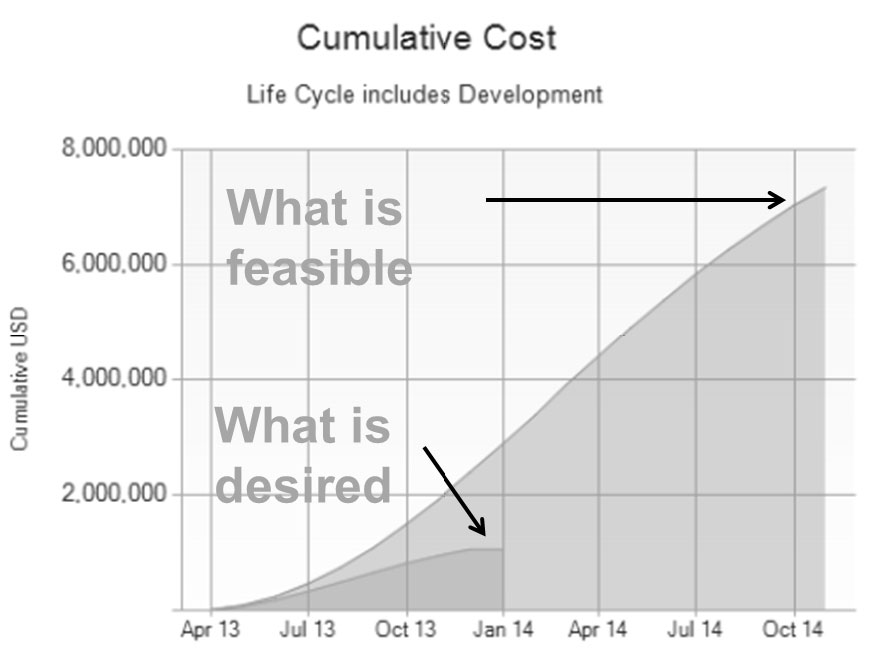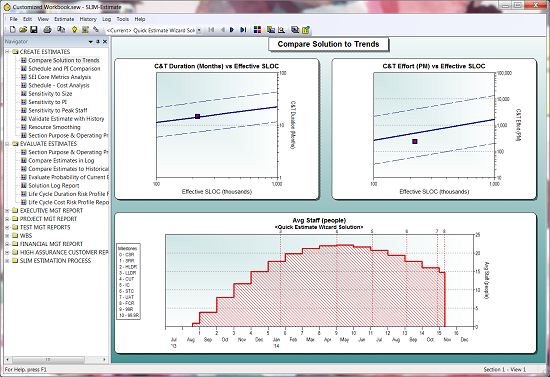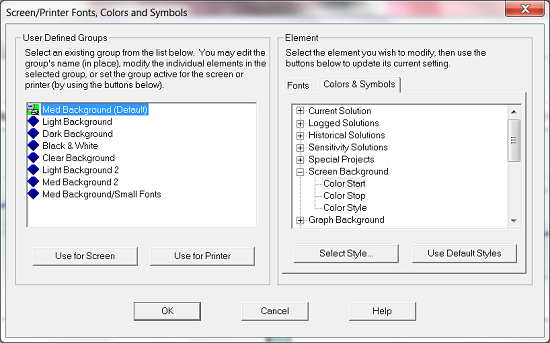What Can Goldilocks Teach about Software Estimating?
You may not be aware that in 1837 when Robert Southey published his popular retelling of the Three Bears story, the U.S. experienced the “Panic of 1837,” a financial crisis that touched off a decade long recession featuring unemployment, pessimism, lowered profits/prices/wages, and blamed on domestic and foreign origins. While we might consider 1837 a simpler time - it was without modern conveniences like indoor plumbing, the internet, and supersonic travel – some aspects of human behavior and communication aren’t that much different today. I thought about this when I was keynoting the 20th anniversary EuroSPI2 conference (software process improvement) in Ireland, the same week that I read the following in the British press:
“The Department for Work and Pensions has dropped a coalition government scheme to avert software disasters from its £2bn Universal Credit programme” forecasting the cancelation of the largest ever agile software development project – a project now four plus years behind schedule with potentially billions of taxpayer funds at risk.

 Software projects often commit to unrealistic schedule and budget expectations due to little or no information about the size and scope or productivity. Yet the business reality is that projects must be estimated early in the life cycle to support business goals and strategic planning. These challenges can be overcome with a transparent and collaborative estimation process. It depends on metrics collection, analysis, risk comparison, and a structure for sharing the right information with the right people at the right time.
Software projects often commit to unrealistic schedule and budget expectations due to little or no information about the size and scope or productivity. Yet the business reality is that projects must be estimated early in the life cycle to support business goals and strategic planning. These challenges can be overcome with a transparent and collaborative estimation process. It depends on metrics collection, analysis, risk comparison, and a structure for sharing the right information with the right people at the right time.

